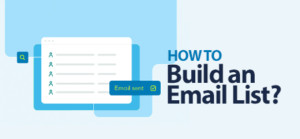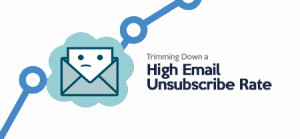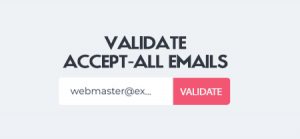Email analytics is important. It lets you in on a lot of information about your subscribers and their behavior towards your emails. In this post, you will see what kind of data you need to be familiar with to step up your email marketing. Have you ever felt like your email marketing is lacking something?
You look at other companies that are acing their email marketing strategies. You try to figure out what they’re doing but it’s hard to decipher anything. Perhaps, you go through the emails, ad graphics, and other stuff only to get mediocre results. Frustrating, right? You definitely are missing something. And that is analytics. If you want pro results in email marketing, you need analytics by your side.
Click to Open Rates
You might have heard about open rates and click-through rates. But do you know what your click to open rate is?
Click to open rate is probably one of the most important email metrics that hardly anyone is talking about. It’s a measure of how engaging your content is. It tells you how many of your subscribers opened your email and clicked on something within your email.
Click-through rate and open rates are just two tiny aspects of any email you send out. Click to open rate helps you to see the bigger picture. More significantly, it tells you how effective the content of your email is. We even have a formula for it. That is,
(# of unique click)/(# of unique opens) x 100% = Click to Open Rate
This gives you a percentage. The bigger the percentage is the more engaging your content is.
How to Improve Your Click to Open Rate?
In short, improve your email content in the right way. No long or in-depth emails, for starters. A few other factors to consider are:
- Main Content - Your emails need to be well written. You might need to brush up on your copywriting skills. Or see what your competitors are doing. Maybe you need to work on your call-to-action or your headlines. Look into how each email is performing and adjust your writing style as you go. If an email performs well, take a deep look at it. What about the writing was so effective. Use that in a future email.
- Other Content - Images, video or other media in your email is also important. Vero says emails with images get a 42% higher click-through rate than emails without images.
To gauge how engaging your emails are, use click-through rates, open rates and click to open rates in conjunction. Once you do that, you will be able to give your readers more of what they love.
Demographic Data
You need to know the demographic data around your audience. Segment your audience based on demographics. This simple idea is underused by most marketers. Many email marketers don’t pause to think about the psychology behind demographic segmentation.
Each segment behaves differently. If you understand how they do, you can send them better emails. Demographics give you meaningful metrics that are more important than any arbitrary segment. For instance, you have created a segment of your subscribers with no college education. Or you can create segments for different age groups, geographic groups, gender and so on. Your emails can be much more targeted once you understand your subscriber’s demographics well. You can create a highly specific email and all to your benefit.
You need to know the demographics, life stage, needs and attitudes of your audience to craft a perfect email that works like magic. By creating specific emails, your email content will naturally become more personal and more relevant. Johnny Cupcakes increased their conversion rate by 123% just by segmenting their emails into male and female groups.
Lifecycle Marketing
There is a lot more personalization today than ever before. Companies are going so far as to create custom emails for individual customers. Sounds crazy but that is the idea behind the lifecycle email marketing. The mantra is, “Delivering the right message to the right customer at the right time.”
The best part is that lifecycle emails tend to improve your engagement and conversions. There are two steps involved. First, decide where you are going to communicate with your subscribers. It’s not about the exact day and time to send your emails. This matters less than the point where your customer is in the buyer’s journey.
A simple example, if a subscriber has already bought something, he or she will get birthday, loyalty or anniversary emails. But a subscriber who hasn’t converted yet will get a different email. Simple but crucial. Lifecycle marketing relies on the customer’s journey through the sales funnel. A new subscriber cannot get emails similar to a five-time return customer.
The second step, design emails to reach 1 customer at a very specific moment. This is where it gets a bit complex. We talked about segmentation. Typically companies create a fictional character called a buyer persona. Create an email for this person and send it to the segment that this person represents. Address the persona’s interests.
But that’s not it. You also have to keep in mind where the customer is in the sales funnel. Let’s say your persona is in the consideration stage of the sales funnel. You create an email that addresses his interests and is designed to convince him to buy your product. These emails are so personal the reader feels they were designed only for him or her.
In many instances, your email is very likely to coincide with your reader’s interests. So, don’t lose these opportunities. Take time to master your analytics to get familiar with your customers and give them exactly what they want. You don’t have to do any guesswork and everything will improve, your customers, conversions and all other metrics.





